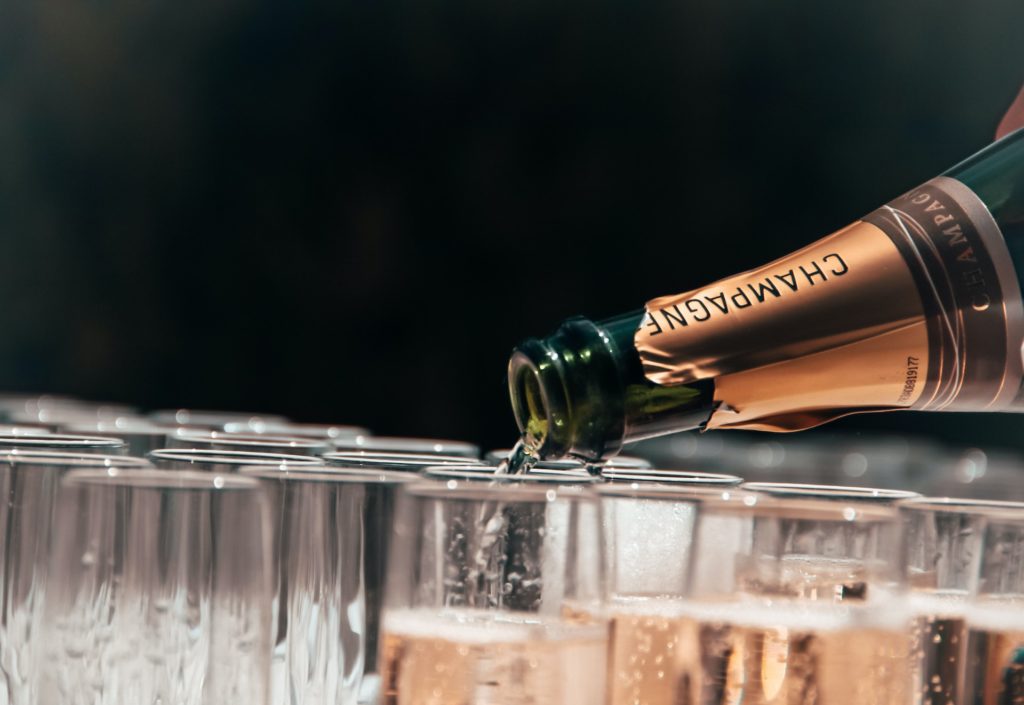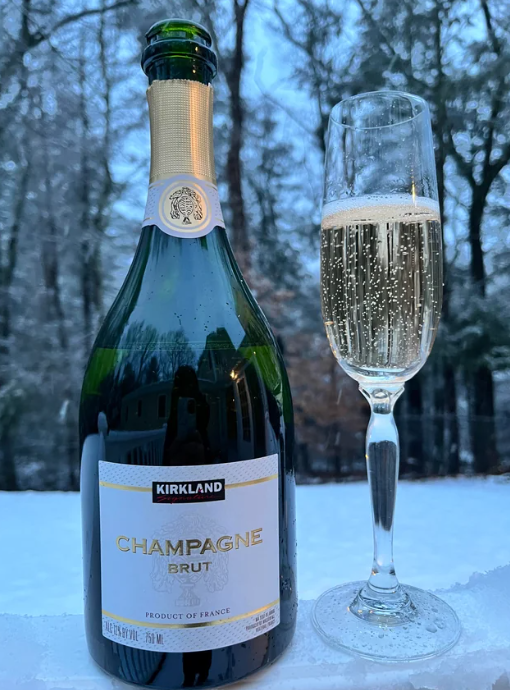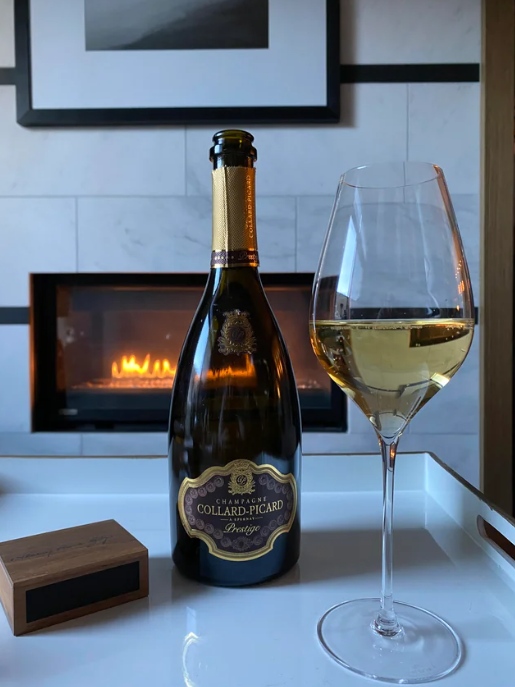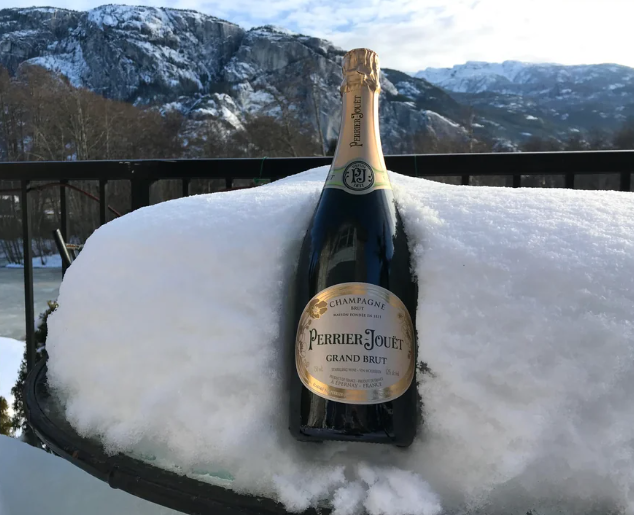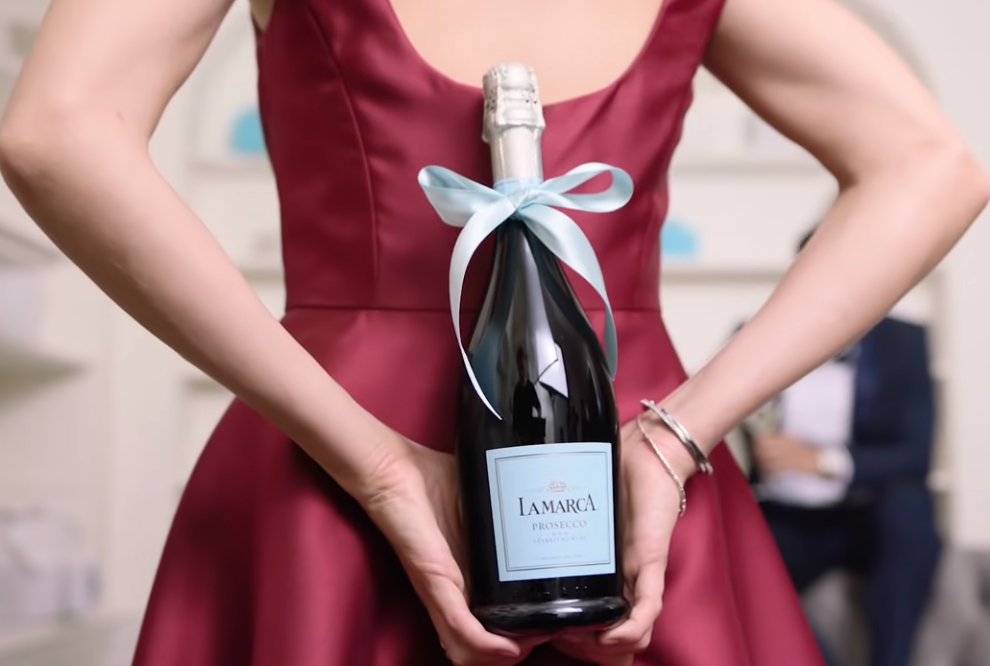Brut vs Extra Dry Champagne: Exploring the Taste Difference
Holidays, birthdays, graduations, weddings, and other special occasions call for Champagne. But, for many of us, choosing a bottle of Champagne comes down to which one has the prettiest label rather than the words on the label.
So, like many, you too must be curious about the difference between Brut vs Extra Dry.
Just Relax!! We are here to help you decode all that chatter so you can get your hands on a tasty bottle and be on your way.
First, Let’s Get You Familiar With Different Styles Of Champagne
Non Vintage Champagne
- Unlike other wines with a year on the label, most Champagne is non-vintage.
- This signifies that the grapes were harvested from more than one harvest.
- The juice is combined to ensure that the wine tastes the same year after year.
- Non-vintage Champagne typically contains fresh fruit aromas and should be consumed when young.
Vintage Champagne
- In the finest years, wineries will manufacture Champagne from grapes from a single crop.
- These diamonds must be matured for at least three years before being released.
- However, they are frequently kept longer to bring out the delightful toasted and biscuit overtones.
- If you receive one, you can generally age it for a decade or more in the bottle.
Champagne De Blanc
- Blanc translates to “white” in French. As a result, the translation is “white from white,” which means white Champagne created from white grapes.
- These have a light to medium body with tastes of fresh citrus fruit.
Blanc De Noir Champagne
- This white Champagne is produced entirely of red grapes, similar to Blanc de Blanc.
- Red grapes are used to generate more than simply red wine. It will have a heavier body than a Blanc de Blanc with red fruit overtones.
Also Read: SAUVIGNON BLANC VS. CHARDONNAY: COMPARING TWO CLASSIC WHITE WINES
All About Brut And Extra Dry Champagne
What Is Brut Champagne?
The term Brut means “dry” in French. Hence, Brut Champagne is a dry, sparkling champagne. There are numerous degrees of Brut Champagne, each defined by the wine’s sweetness and acidity. The driest and most acidic of the Bruts is Brut Nature or Brut Zero Champagne, followed by Extra Brut and Brut Champagne.
Brut Champagne is exceptionally dry, with only a tiny trace of sweetness due to its low sugar level. It’s a light-bodied wine that goes nicely with fatty meals like lobster, cheese, pasta, or risotto. Because Brut Champagne is best served cold, cool the bottle for at least three hours before serving it in Champagne flutes.
What Is Extra Dry Champagne?
Extra-dry champagne (Extra Sec) is sweeter than Brut Champagne because it includes more sugar. Extra-Dry Champagne can include up to 5 grams more sugar per 5-ounce drink than Brut Champagne.
While enjoying your glass of Extra-Dry Champagne, you might notice citrus and green fruit overtones, as well as aromas of brioche and almond. This wine complements soft cheeses, buttery cream sauces, and shellfish like shrimp, salmon, and caviar.
Also Read: Pinot Noir vs Merlot: The Ultimate Taste Test
Brut vs. Extra Dry Champagne: Exploring the Taste Difference
Champagne comes in two varieties: brut and extra dry. The biggest distinction between these two is their sugar level and sweetness.
Extra Dry Is Sweeter Than Brut
Extra dry champagne is sweeter than brut champagne.
- Most brut wines have a sugar percentage of 1.5% of their total volume.
- Whereas exceptionally dry wines have a sugar content of roughly 2% of their total volume.
- Brut champagne is the driest variety of champagne and is unrefined wine.
Champagne Sweetness Scale
The sweetness level of Champagne is determined by the amount of sugar added during dosing. The most popular is Brut, which has fewer than 12 grams of sugar per liter, or g/L.
The Champagne sweetness scale is listed below:
- But Nature contains less than 3 g/L.
- Extra Brut contains less than 6 g/L, less than 12 g/L.
- Extra Dry ranges from 12 to 17 g/L, whereas Sec/Dry ranges from 17 to 32 g/L. Despite the name, it’s quite pleasant.
- Sugar level is between 32 and 50 g/L for other types of Champagne, such as Demi-Sec/Medium Dry.
Prosecco Sweetness Scale
The sweetness level of Prosecco, like Champagne, is determined by the amount of sugar added during dosing.
Prosecco is normally available in three sweetness levels: Brut, Extra-Dry, Dry, and Demi-Sec. The most prevalent variety is Extra-Dry.
The sweetness scale for Prosecco is listed below:
- But with less than 12 g/l residual sugar, abbreviated as RS.
- Between 12 and 17 g/l RS for Extra Dry.
- The drying range is 17–32 g/l RS. Despite the name, it’s pretty pleasant.
- Between 32 and 50 g/L for Demi-Sec/Medium Dry.
Selecting Your Favorite Champagnes
1. Brut Selection
Bernard Remy Carte Blanch Brut Champagne
- It costs $40, which is an excellent deal.
- It goes well with seafood risotto, scallops, fish tartare, turkey, or Camembert cheese.
Pierre Gobillard Brut Authentic Champagne
- It has an excellent quality-price ratio. For $40, you receive a high-quality Champagne at an affordable price.
- It goes well with oysters, caviar, lobster, sesame chicken, Brie cheese, and macaroons.
2. Best Extra Dry Selection
La Marca Prosecco Rosé
- It costs $16, which is a reasonable price for the quality.
- It goes well with salads, salty olives, Parma ham, bruschetta, pork, fried fish, and Parmigiano cheese.
Paladin Millesimato Dry 2020
- It has an excellent quality-price ratio. For $18, you receive a high-quality Prosecco at an affordable price.
- It’s delicious with Parma ham, pizza, tofu, pork, chicken, grilled fish, Baby Swiss cheese, or a light dessert.
Also Read: Unveiling Champagne Alcohol Content: What You Need to Know
Champagne Sweetness Scale
Aside from the added sugar, other things alter your favorite champagne’s sweetness, taste, and scent.
As an example, consider the quality of the grapes used. Where did the grapes grow, and how were they cared for? How old is the vine under which they grow?
Another consideration to take is how winemakers create their champagne. The barrels used, the storage and temperature conditions, and the time of champagne maturing all impact.
All of them are regulated and protected in France’s Champagne regions, making champagne an exceptional and one-of-a-kind sparkling wine.
- A raw Champagne typically has 0-3 grams of sugar and 91-93 calories.
- But Extra has 0-6 grams of sugar and 91-96 calories.
- Bruthas 0-12 grams of sugar and 91-98 calories.
- Bone dry has 12-17 grams of sugar and 98-101 calories.
- Simply Dry has 17-32 grams of sugar and 101-111 calories.
- Demi-Sec has 32-50 grams of sugar and 111-121 calories.
- And Doux has 50+ grams of sugar and 121+ calories.
So Which One Should You Choose?
Now that you understand the distinction between brut and extra dry champagne, you can choose the finest selection for your next celebration. Do you prefer brut champagne that is less sweet and more acidic? Or do you like the extremely dry one’s underlying sweet notes?
Finally, deciding which drink best meets your preferences is up to you! Celebrations should always be fun. In addition to pleasant company, it should have delicious food and beverages. So, pick between brut and ultra-dry and enjoy your adult beverage.
Check out our article on ‘Is Rosé Wine Sweet?’
Final Thoughts
Will you be sipping a sweet or extremely dry wine the next time you open the cork on a bottle of Champagne? Knowing the difference between Brut Champagne and Extra-Dry Champagne can help you select the ideal wine for any meal or occasion.
Now that you understand the difference between Brut and Extra-Dry Champagne, you can select the wine that best suits your palate and compliments your meal.

